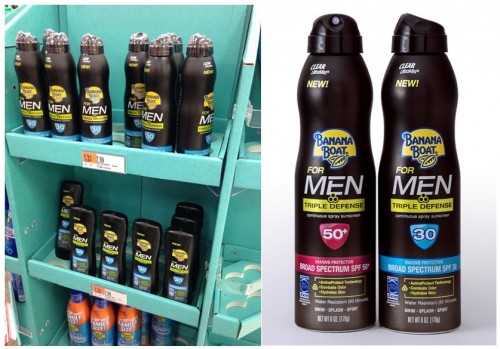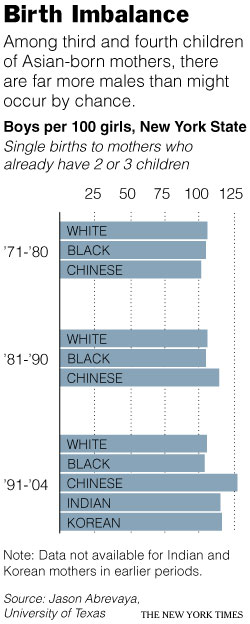 Perusing my Facebook feed, I came across a photo proudly posted by a former student — now a hair and makeup artist — of two brides at a wedding. It was beautiful and the young, conventionally attractive brides were leaning in for a kiss. Or engagement celebrations, like this:
Perusing my Facebook feed, I came across a photo proudly posted by a former student — now a hair and makeup artist — of two brides at a wedding. It was beautiful and the young, conventionally attractive brides were leaning in for a kiss. Or engagement celebrations, like this:
When I saw the image, my mind immediately pulled up similar images it has in storage — frequently described as girl-on-girl action — and I was struck by the similarity of the images and their powerfully different messages.
Until recently, “hot girl-on-girl action” was the primary visual that involved women kissing. In mainstream culture, genuine and open female same-sex attraction was almost entirely invisible, hidden and denied. Today, the proliferation of same-sex marriages offer a new visual landscape for framing what it means for two women to kiss each other.
The meaning, moreover, could not be more different. Though often women with same-sex desire use this assumption to explore real attraction, girl-on-girl action shots are ostensibly between two heterosexually-oriented women who are kissing for male attention. These brides are presumably doing the opposite of that. They are displaying love and commitment to one another. The kiss is for them and no one else and they are, implicitly if not actually, openly committing to making themselves sexually unavailable to anyone else, male or female. This is far from the notion that they are just kissing a girl to get guys to think they’re sexy.
I wonder how these images — ones that depict sexual intimacy between women who love one another and do not seek male attention — will ultimately change how we think about “girl-on-girl” action in the U.S. As they proliferate, will they push back against the male-centrism and heterocentrism of our society? I think they very well might.
Lisa Wade, PhD is an Associate Professor at Tulane University. She is the author of American Hookup, a book about college sexual culture; a textbook about gender; and a forthcoming introductory text: Terrible Magnificent Sociology. You can follow her on Twitter and Instagram.









